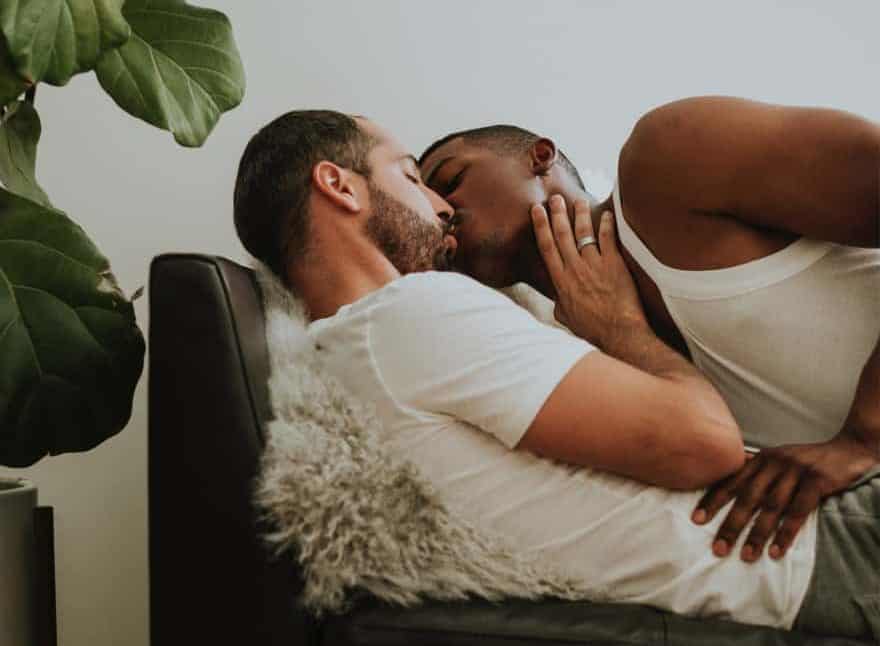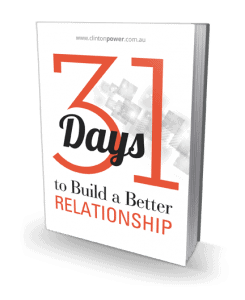Is an Open Relationship a Good Idea for Your Gay Relationship?
I recently spoke with Melanie Tait on the ABC Radio Nightlife program about open relationships. This was a fascinating discussion with some interesting callers on the talkback, sharing their experiences.
Although gay men do tend to be more adept at negotiating and managing open relationships when compared to their heterosexual counterparts, many gay couples still end up in my office because of issues caused by opening the relationship.
You can listen to the audio of my interview below or read some of the points I cover below:
What is an Open Relationship?
-
also called non-monogamy, an open relationship is a form of not being sexually exclusive with your partner
-
couples in open relationships have sex with other people but are not interested in pursuing dates, romance, or a relationship with their sexual partners
-
an open relationship is different from polyamory, which is where you can have love and romantic interests with multiple partners
- many couples still decide to choose monogamy after exploring the idea of non-monogamy
Pros of Gay Open Relationships
-
you can experience more sexual diversity
-
opening your relationships is sometimes a solution when there is a desire discrepancy (also called mismatched libidos)
-
opening your relationship can be a workaround if one partner is into kink (sexual taste for fetishes, BDSM, role-playing, dom/sub) and the other is into vanilla sex
-
opening your relationship can increase erotic charge in the primary relationship for some couples
Cons of Gay Open Relationships
-
not for couples who desire sexual exclusivity
-
doesn’t work as a solution for a failing sex life or other relationship problems
-
some people can’t separate love and sex well, so they tend to find an open relationship difficult
-
can increase feelings of jealousy and insecurity
How to Deal with Jealousy
-
develop clear boundaries and ground rules for what’s ok and what’s not okay
- people in an open relationship can still experience the pain of an affair
-
communication is paramount in opening your relationship
-
discuss possible issues in advance rather than after problems start
-
be mindful of each other’s feelings and always prioritise your partner above any other sexual connection
-
revisit your ground rules and how it’s working on a regular basis
Questions to Ask if You’re Negotiating an Open Relationship
-
How are we going to deal with the issue of safer sex?
-
How will we deal with disclosing our sexual activities?
-
How will we limit (or not) who we can have sex with?
-
What sexual activities are permitted?
-
Where can we have sex? (e.g., our home, hotel, or somewhere else?)
-
Can we have regular sex partners?
-
Can we sleep with friends or people we socialise with?
-
Can we spend non-sexual time with our sex partners?
-
Do we have complete transparency and tell each other everything, or don’t ask, don’t tell?
If you’re wanting to read more about open relationships, these two books below are a good place to start, and if you’re struggling with deciding to open a relationship or dealing with issues related to your current open relationship, seek the support and expertise of a gay-informed couples therapist.
If you want to learn more about open relationships, check out the following books:
- Opening Up: A Guide to Creating and Sustaining Open Relationships by Tristan Taormino.
- The New Monogamy: Redefining Your Relationship After Infidelity, by Dr Tammy Nelson.
Are you an LGBTQIA+ person who wants help with navigating an open relationship?
If so, contact me at Sydney Gay Counselling at (02) 8968 9323 to find out how I can help or book an appointment online.
This post was updated February 2024.

